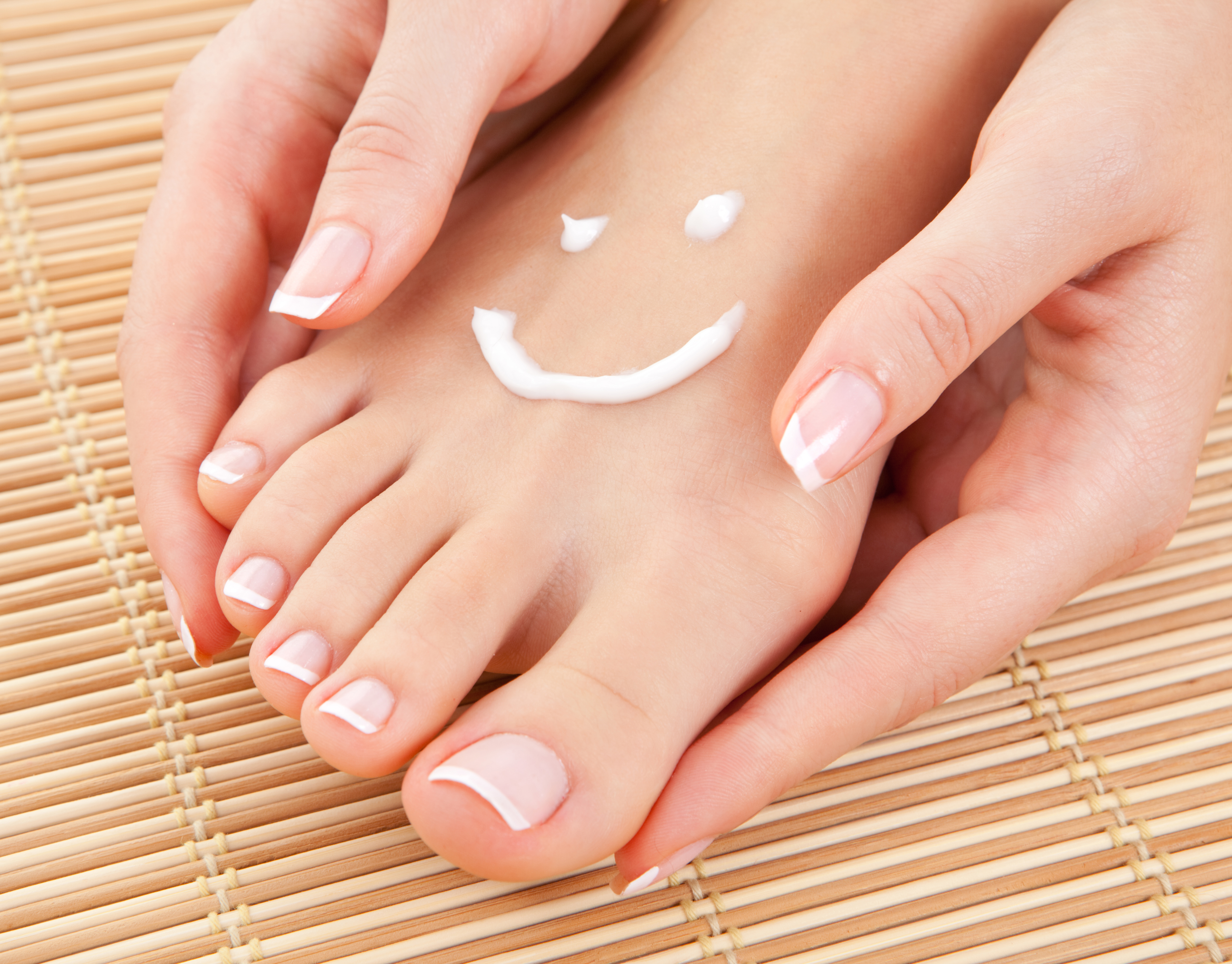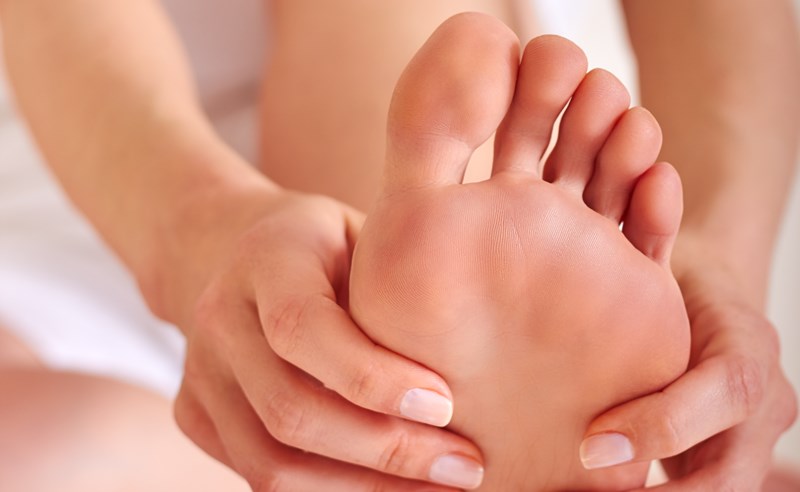Proper foot care is essential when you have diabetes. Without it, minor foot problems can quickly turn into serious issues. Many people with diabetes also suffer from loss of feeling in their feet, changes in foot shape, and foot sores or ulcers that don’t heal.
Nerve damage can cause loss of feeling in your feet. You may have a pebble inside your shoe and not feel it, or a blister from ill-fitting shoes. These seem minor annoyances to most people, but those with diabetes know that small injuries can quickly lead to major problems. This is why diabetic foot care is so critical.

The best thing you can do to care for your feet is to take care of your diabetes. Make healthy lifestyle choices and work with your health care team to keep your blood glucose, blood pressure, and cholesterol levels close to normal. In addition, there’s much more that you can do to prevent serious foot problems. Here’s how:
Check Your Feet Daily
Because diabetes often causes nerve damage and loss of feeling in your feet, it’s especially important to inspect your feet daily. Look for red spots (a sign that your shoes are rubbing and possibly ill-fitting), cuts, sores, and swelling. Check your toenails, as infection can spread quickly there.
If you have trouble bending over to see the bottoms of your feet, use a hand mirror or ask a loved one or caregiver to help. Make it a part of your routine to check your feet daily. If you find a sore, cut, or blister that doesn’t begin to heal after one day, call your healthcare team.
Wash Your Feet Daily
This may seem like a given, but people with diabetes must be especially careful to clean their feet daily. Use warm, not hot water, and use a thermometer or your elbow to test the water. Safe water temperatures are generally around 90-95 degrees.
Don’t soak your feet, as this can cause dryness or cracking. After washing, dry your feet thoroughly, paying special attention to dry between your toes. Use a foot powder containing talcum or cornstarch to keep the skin between your toes dry.
Use a Good Foot Cream
Dry feet can cause the skin on your feet to crack, which leaves you vulnerable to foot infections and foot ulcers. After a bath or shower, apply a moisturizing cream to keep your feet feeling soft. Be careful not to moisturize between your toes, however. Moisture buildup can contribute to fungal infections of the foot and tissue breakdown.
Give Yourself a Pedicure
Going to a nail salon can be a nice treat, but if you have diabetes, nail salons may not be prepared to give your feet the extra special treatment they need. By doing your own pedicure at home you can make sure that your feet are properly taken care of. Never use a scraper or other sharp tools to treat corns and calluses yourself. Doing so increases the possibility of cuts and foot infections. Ask your doctor if it’s safe for you to trim your own toenails. If so, trim them so there are no sharp corners that can puncture the skin or lead to ingrown toenails, but do not cut into the corners of the toenail. Trim your toenails straight across and smooth them carefully with an emery board or nail file.
 Invest in Quality Socks
Invest in Quality Socks
What’s more comfy than the perfect pair of socks? If you have diabetes, there are a few things to keep in mind when selecting socks. Avoid socks with tight elastic bands or internal seams as they can restrict the circulation of blood to your feet. Also stay away from very thick, bulky socks, which can reduce your circulation.
Do your feet tend to get cold at night? Don’t reach for that hot water bottle or heating pad. People with diabetes often have a loss of sensation in their feet, so cuddling up to a hot object could lead to unexpected burns. Wearing socks to bed is a safer bet for keeping your feet warm on cold nights.
Never Walk in Bare Feet
People with diabetes should never go barefoot, not even indoors. Walking barefoot around the house puts you at risk for foot injuries like cuts or scrapes. Make sure you keep a comfortable pair of supportive house shoes on hand to wear while relaxing at home. Always wear socks or stockings with your shoes to avoid blisters or sores.
Wear the Right Shoes
We just can’t stress this enough, proper and well-fitting footwear is so very important for preventing serious foot problems. People who have diabetes can have trouble finding the right fit. We’re experts at helping you find shoes that deal with the foot issues unique to those with diabetes. We can help you find shoes that support your feet, allow them to breath, and have the perfect fit.
Buying shoes with extra depth for customizing the fit to your foot will help you keep your feet happy and healthy.
Give us a call to talk with us about your needs.
When you have diabetes, it’s important not to take your feet for granted. Spend a little bit of time each day taking a good look at the condition of your feet, and use these tips to give them a little bit of TLC. And when you’re ready to find the perfect fit, call
ics Shoes. We’re happy to help!